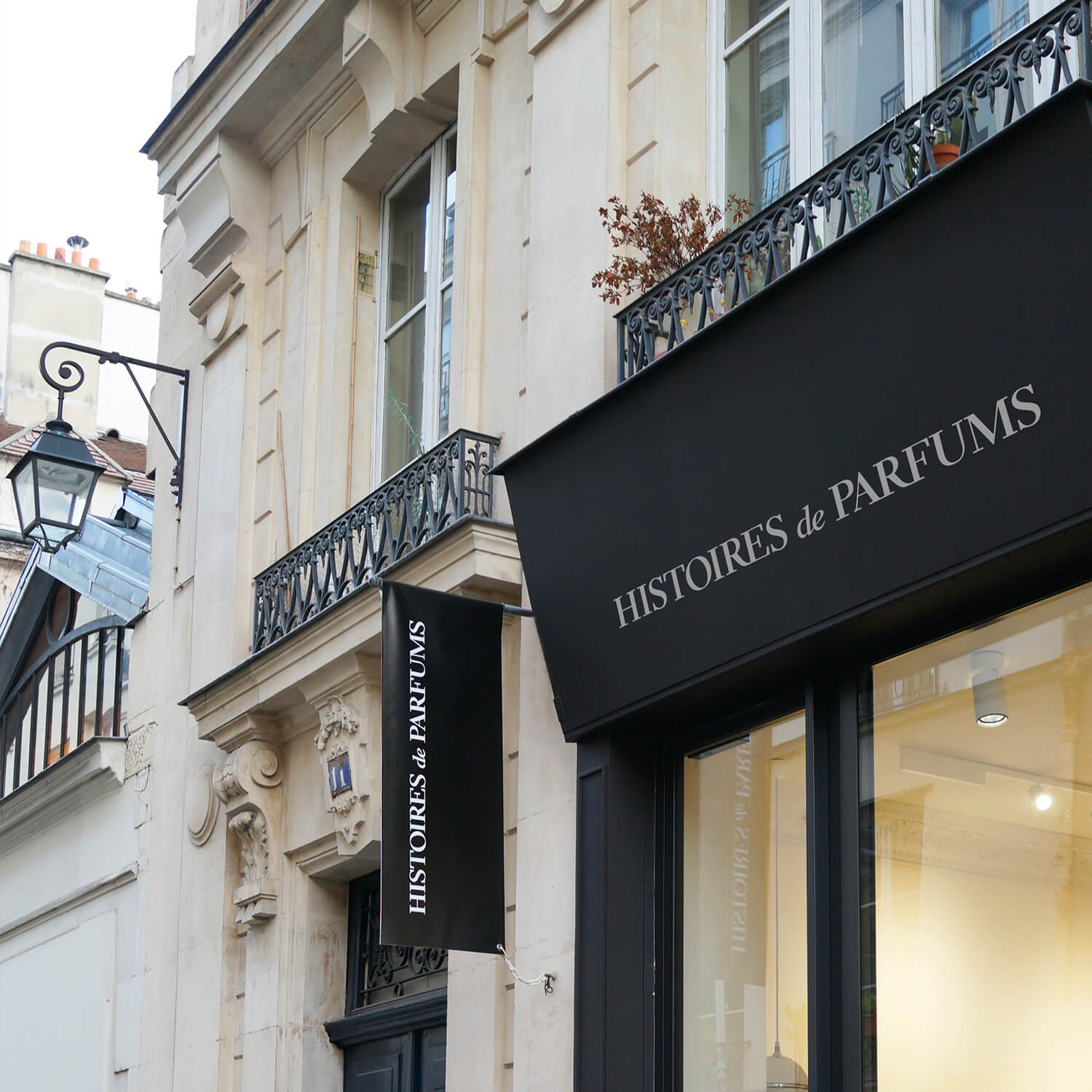August 7, 1876: Mata Hari

Margaretha Geertruida Zelle was born in the Netherlands She was to draw her dancer and courtesan name, Mata Hari, meaning the eye of day in Malay, from her exotic travels. She was to draw her dancer and courtesan name, Mata Hari, meaning the eye of day in Malay, from her exotic origins.
A father figure
Margaretha Geertruid Zelle was born on August 7, 1876, in the city of Leeuwarden, Pays-Bas. The eldest of four, she is her father's favorite. He showers her with gifts and treats her like a princess. For six years, he wished to gift her a horse-drawn carriage, but lacked the funds to do so. Adam Zelle, Margheretha's father is a modest hat-maker whose business is not very lucrative. Also a compulsive liar, he tells his daughter countless stories convincing her that he is a chief. He passes on his gifted speech, story-telling abilities and taste for the finer things to his daughter who will continue to channel them throughout her life.
An unhappy marriage, to start off the tale
Adam Zelle goes bankrupt when his daughter is 13 years old. He disappears and his daughter is placed in a pension where she begins to invent a glorious past. In 1895, at 18, she marries Rudolf MacLeod, a Netherland marine officer who relocates to Malang in the east of Java island. Instantaneously, she begins dressing like the Javanese, begins picking up the language, and immerses herself in the local dances.
However, the couple does not get along, and the relationship begins to perish. Their marriage comes to an end when their two children are poisoned during their daytrip in Java, of which only the youngest survives.
Returning to la Haye in 1902, the couple divorces, and the father receives full custody of their child leaving Margheretha alone.
In 1903, Margheretha arrives in Paris. She is 27 years old.
Mysterious orientalism, the birth of an international star
Margheretha never had the allure of a Netherlander; her tanned skin and brown hair (as opposed to the blonde hair of Netherlander's at the time), made her origins questionable. Doubts that she will learn to use to her advantage. Arriving in Paris, she is called "Lady McLeod" and satisfies her needs during Paris' Belle Epoque by exploiting men. She is thus both a courtesan and a prostitute.
In 1905, her life turns around when she meets Henri Guimet, a wealthy Parisian and collector of oriental items. Margheretha convinces him that she is from Java and offers him an oriental dance. He accepts, and opens the doors to the library of his museum to her. Margheretha adopts a new name, Mata Hari, meaning "eye of the day" in Malaysian. The legend is born
Her performance takes place on March 13, 1905, in the museum's library which has been transformed into a Hindu temple for the occasion. Mata Hari is a success in front of Paris' high society. Her number of strip-teases, unheard of for that time period, seduces everyone present. From night to day, people from Paris and around the world come to see Mata Hari.
The downfall, as sudden as the birth
In 1905, Mata Hari realized a tremendous success. However, by 1910, she interested nearly no one.This downfall can be justified by many factors. First off, while Paris during the Belle Epoque was moved by modernity, their interest declined rapidly. Second, other dancers began practicing strip-teases, which infuriated Mata Hari.Another reason stems from the fact that while Orientalism was in style a couple years ago, it became outdated, and by 1910, Russian ballets were the new trend.While Mata Hari attempts to join the ballet, she lacked the dance skills to do so, and was rejected. She is thus forced to return to her courtesan life where she does business in the back rooms.
A spy, overcome by the course events
In 1915, Mata Hari goes to Hollande, where she meets the German consul Carl Cramer who offers her 20 000 francs (to erase her debt), in exchange for information she could collect regarding her Parisian acquaintances. The Germans provide her with a spy name "H-21".
Once back in Paris, she falls in love with a young Russian officer, and is recruited by France's chief anti-espionage captain, George Ladoux, who offers her a position to become a spy for France. Mata Hari accepts, without worrying of her duty as a German spy. In 1917, the French intercept a German communication referencing H-21, which they eventually find out is Mata Hari, and accuse her of being a double-agent.
Despite their lack of proof, the tense political situation in 1917 pushes France to pursue their case on her espionage, sentencing Mata Hari with a death penalty.
Mata Hari encompasses one of the first modern women. Seductive, talented speaker and story-teller, she was always capable of providing for herself. This independence is no stranger to her death penalty. Life during World War I strayed away from the Belle Epoque, and reverted back to traditional outlooks on life, where independent women were intimidating and suspicious...
Her last moments were a depiction of her life. While facing the firing squad, dressed in her nicest clothing with her makeup done, in one breathe, she ironically exclaimed "What an odd French custom to kill someone at the break of dawn!"



Leave a comment
This site is protected by hCaptcha and the hCaptcha Privacy Policy and Terms of Service apply.